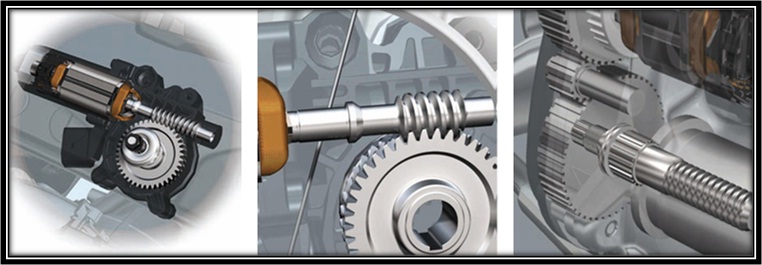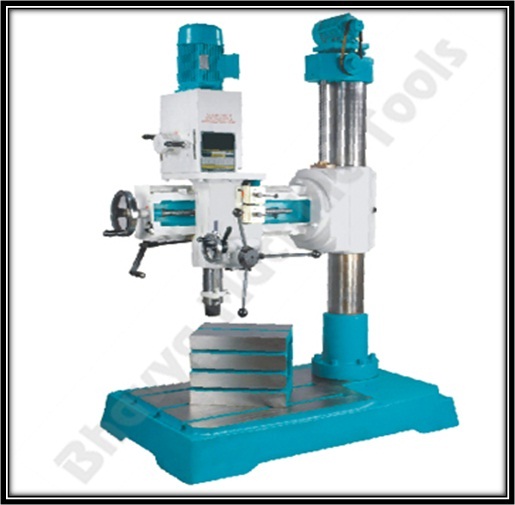The ability of machine tools to perform repetitive actions is a key factor that has made them best for the automobile industry. Additionally, the machines have higher production rates because there is very little down times and changeovers are eliminated. With the invention of the computer numerical controls, part designs are developed using computer aided design software. The design is transferred to the machine software which re arranges the files in such a way as to direct the operation of the machine, movement of the tool and the machining operation.
In highly automated systems, one machining unit may have several operations combined on a work piece such that processes run sequentially. This also reduces the time required to complete a job and increasing the efficiency of the operation.
CNC Milling
This method of manufacturing is used in batch manufacturing continuous process. Pieces to be milled are stationed on the machine and milling operations are run automatically from piece to piece until the raw material is completed and more is fed to the machine.
Parts manufactured through milling
A wide variety of parts is made through milling. They include transmissions, gearbox cases, transmission housings, engine cylinder heads, aluminium drive housings, flywheels, engine locks, piston rods, wheels, water pumps, and more of these equipments.
 Manufacturing of parts such as fuel injectors requires very high precision. Camshafts’ grinding is also a core application of CNC machines and is achieved through computer-aided designing.
Manufacturing of parts such as fuel injectors requires very high precision. Camshafts’ grinding is also a core application of CNC machines and is achieved through computer-aided designing.
Rack and pinion systems machining
These systems have very wide applications in automobiles. Some basic applications in the car include the wind shield wiper system, hydraulic steering, power windows, electric hand brakes, wing mirror adjustments, and manufacture of small gear worms. The gears are made through the milling process. In form milling the shape of the tool takes the shape of the gap between the gear teeth. Each tooth is cut with cutter moving progressively until completion.
 Turning
Turning
This process uses the turning machine or the lathe machine. It is used to make rotational parts through continuous removal of the unwanted parts. Apart from turning, the lathe does other processes such as facing, grooving, cut off and thread cutting. The machine also performs internal work piece operations such as axial drilling, boring, reaming, and tapping which is the creation of internal threads.
 Automotive parts made through turning.
Automotive parts made through turning.
Manufacture of brake disks is the most common application of the lathe in the motor industry. In some cases , specialized brake lathes have been made due to the rapid demand for this particular part. Other parts made with the lathe include brake drums, rotors , the fly wheel and most parts requiring the threading and phasing operations.
Drilling
This is also a process of milling using equipments such as the radial drill, cord drills and the pedestal drills. They are also very important in automotive workshops in making of slots as well as cutting threads.
 The range of applications of the machine tools in automotive industry continues to increase exponentially. This has been enhanced by development of computer numeric controlled machines, which are able to transform design to completed product in a very short time frame. High-speed machining techniques have also enabled greater precision to be achieved.
The range of applications of the machine tools in automotive industry continues to increase exponentially. This has been enhanced by development of computer numeric controlled machines, which are able to transform design to completed product in a very short time frame. High-speed machining techniques have also enabled greater precision to be achieved.





